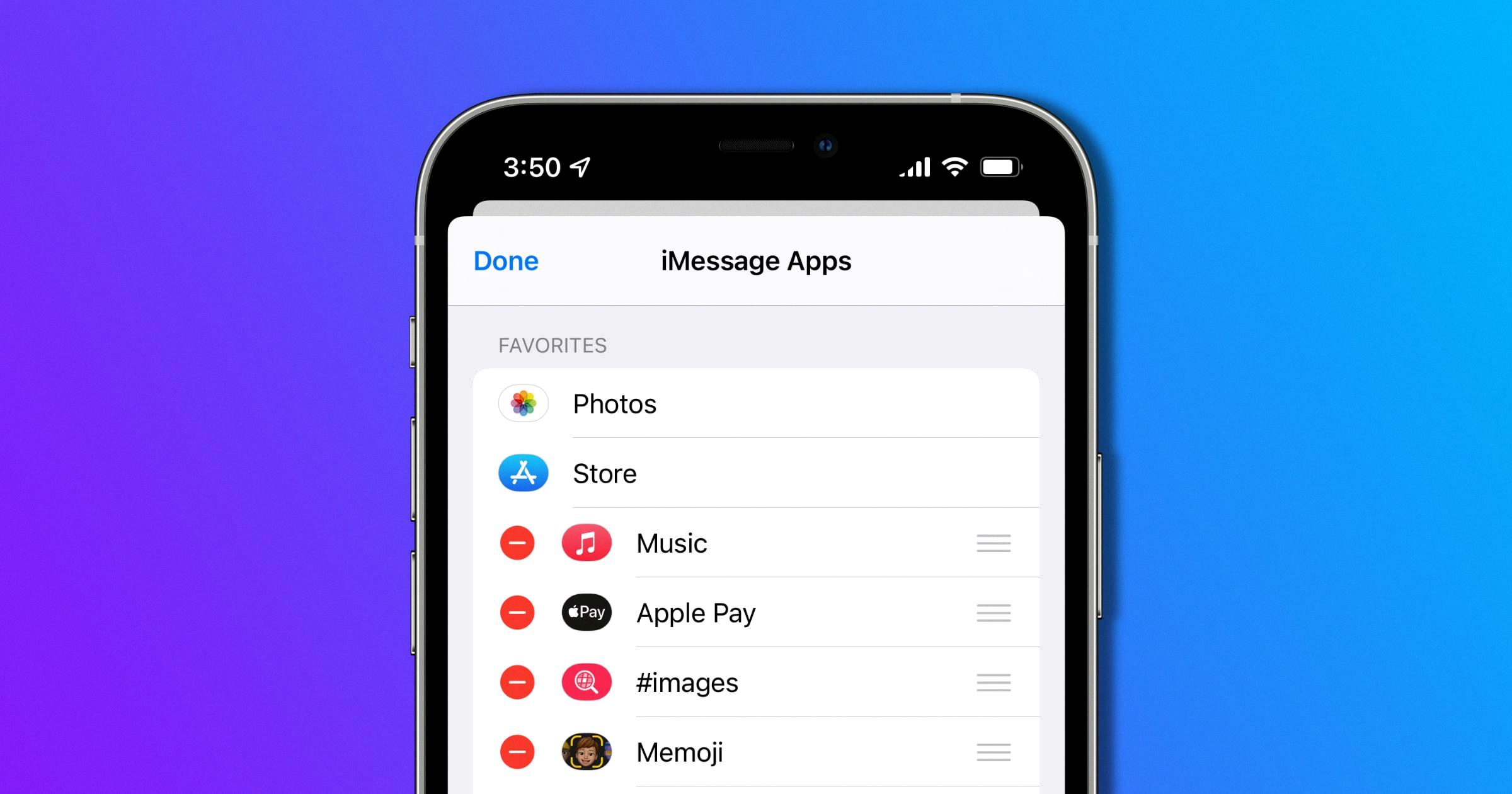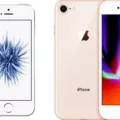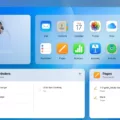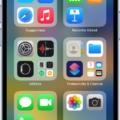In this article, we will discuss how to disable iMessage apps on your iPhone. iMessage apps are a great way to enhance your messaging experience with various features and functionalities. However, there may be times when you want to hide or remove certain iMessage apps from your device. We will guide you step-by-step on how to do this.
To hide an iMessage app from being seen on your device, follow these steps:
1. Open a message on your iPhone.
2. Tap on the three-dot menu icon in the top-right corner of the screen.
3. Select “Edit” from the menu options.
4. Under the “More Apps” section, toggle off the app that you want to hide.
5. Tap on “Done” to save the changes.
By following these steps, the app will no longer be visible in the iMessage app drawer, and you won’t be able to access it while using iMessage.
If you want to remove an iMessage app from your favorites, follow these steps:
1. Open a message on your iPhone.
2. Tap on the three-dot menu icon in the top-right corner of the screen.
3. Select “Edit” from the menu options.
4. Swipe all the way to the right on the apps until you reach the “More” section.
5. Tap on “More”.
6. Tap on “Edit” in the top-right corner of the screen.
7. Under the “Favorites” section, tap on the red circle next to the app you want to remove.
8. Tap on “Remove from Favorites”.
9. Tap on “Done” to save the changes.
By following these steps, the app will be removed from your favorites, but it will still be visible in the iMessage app drawer.
In addition to hiding and removing iMessage apps, you may also want to deregister iMessage completely. This can be useful if you are switching to a non-Apple device or if you want to stop using iMessage altogether. Here’s how to do it:
1. Transfer your SIM card to your iPhone.
2. Go to the “Settings” app on your iPhone.
3. Tap on “Messages”.
4. Turn off the toggle switch next to “iMessage”.
5. Go back to the main “Settings” screen.
6. Tap on “FaceTime”.
7. Turn off the toggle switch next to “FaceTime”.
8. Exit the “Settings” app.
By following these steps, you have successfully deregistered iMessage from your iPhone. This means that your phone number is no longer associated with iMessage, and you will not receive iMessages on your iPhone.
Disabling iMessage apps on your iPhone is a straightforward process. Whether you want to hide or remove certain apps, or completely deregister iMessage, these steps will help you achieve your desired outcome. Remember to follow the instructions carefully to ensure that you make the desired changes to your iMessage settings.
Can You Turn Off iMessage Apps?
It is possible to turn off iMessage apps. To do this, you can follow these steps:
1. Open the Messages app on your iPhone or iPad.
2. Open a conversation with any contact or create a new message.
3. In the top-right corner of the screen, tap on the three-dot menu icon (more options).
4. From the menu that appears, select “Edit” to enter the editing mode for the conversation.
5. You will now see a list of options, including the option to add or remove apps from the conversation.
6. To hide an iMessage app from the conversation, tap on the minus button (-) next to the app you want to remove.
7. A confirmation prompt will appear asking if you want to remove the app from favorites. Select “Remove from Favorites” to proceed.
8. The app will now be hidden from the conversation and will not be readily accessible.
Note that this process only removes the app from the conversation and does not uninstall or delete the app from your device. The app will still be available in the App Drawer within the Messages app, and you can re-enable it at any time by following the steps above and tapping on the plus button (+) next to the app.
To completely disable an iMessage app and prevent it from being seen or accessed in any conversation, you can toggle it off from the “More Apps” section within the editing mode. Here’s how:
1. Follow steps 1-4 from above to enter the editing mode for the conversation.
2. Scroll down to the “More Apps” section, which lists all the installed iMessage apps.
3. Toggle off the switch next to the app you want to hide.
4. Repeat this step for any other apps you want to hide.
5. Once you have finished, tap on “Done” in the top-right corner to save your changes.
After completing these steps, the apps you have toggled off will be hidden from the conversation and will not be visible or accessible to you or the recipient.

How Do You Remove Apps From The Bottom Of iMessage?
To remove apps from the bottom of iMessage, follow these steps:
1. On your iPhone, open the iMessage app.
2. Swipe all the way to the right to access the additional app options.
3. At the top-right corner of the screen, tap on “More” (represented by three dots).
4. In the “More” section, tap on “Edit” (located in the same corner).
5. You will now see a list of your favorite iMessage apps under the “Favorites” section.
6. To remove an app from the favorites list, simply tap on the red circle located next to the app’s name.
7. After tapping on the red circle, a “Remove from Favorites” option will appear. Tap on it to remove the app from the favorites list.
8. Repeat steps 6 and 7 for any other iMessage apps you want to remove from the favorites list.
By following these steps, you can easily remove apps from the bottom of iMessage and customize your favorites list to your liking.
How Do You Turn Off Messaging App On iPhone?
To turn off the messaging app on your iPhone, you can follow these steps:
1. Transfer your SIM card: Start by inserting your SIM card into your iPhone. This will ensure that your phone is ready to use for messaging.
2. Open Settings: Locate the Settings app on your iPhone’s home screen and tap on it to open the settings menu.
3. Tap on Messages: In the settings menu, scroll down and look for the “Messages” option. Tap on it to access the messaging settings.
4. Turn off iMessage: In the Messages settings, you will find an option called “iMessage.” Tap on the toggle switch next to it to turn iMessage off. This will disable the messaging service for Apple devices.
5. Go back to Settings: Once you have turned off iMessage, go back to the main settings menu by tapping on the back arrow or closing the Messages settings.
6. Turn off FaceTime: In the main settings menu, locate and tap on the “FaceTime” option. This will open the FaceTime settings.
7. Turn off FaceTime: Similar to iMessage, you will find a toggle switch next to the “FaceTime” option. Tap on it to turn FaceTime off. This will disable the video and audio calling service provided by Apple.
8. Exit Settings: After turning off both iMessage and FaceTime, simply exit the Settings app by pressing the home button or swiping up from the bottom of the screen, depending on your iPhone model.
By following these steps, you will successfully turn off the messaging app on your iPhone, ensuring that you won’t receive any iMessages or FaceTime calls. Remember to turn these services back on if you wish to use them in the future.
How Do You Change Your iMessage Apps?
To change your iMessage apps, follow these steps:
1. Open the Messages app on your iPhone or iPad.
2. In the conversation view, tap the App Store icon next to the text input field. It looks like an “A” inside a square.
3. This will open the app drawer at the bottom of the screen. If you don’t see the app drawer, swipe left until you reach it.
4. If you want to add an app to your Favorites section for quick access, swipe left on the app and tap the “More” button (three dots).
5. Tap “Edit” in the upper-left corner of the app drawer.
6. You can now see all the apps available in your app drawer. To add an app to your Favorites, tap the “+” (Add) button next to the app’s name.
7. To remove an app from your Favorites, tap the “-” (Remove) button next to the app’s name, and then confirm by tapping “Remove from Favorites.”
8. You can also rearrange the order of the apps in your Favorites section by tapping and holding the hamburger icon (three horizontal lines) next to an app, and then dragging it to the desired position.
9. Once you have made the desired changes, tap “Done” in the upper-right corner of the screen to save your settings.
By following these steps, you can easily change and customize the iMessage apps in your app drawer. Remember that you can always revisit this menu to add or remove apps as per your preference.
Conclusion
Disabling iMessage apps on your iPhone can be done in a few simple steps. By removing an iMessage app from your Favorites, you can hide it from being easily accessible within your messaging app. This is useful if you have a lot of iMessage apps and want to declutter your interface.
To hide an iMessage app, open a message, tap the three-dot menu, and select Edit. From there, you can tap the minus button next to the app you want to remove from Favorites and choose “Remove from Favorites”. This will remove the app from the main screen of your messaging app, making it less visible and accessible.
Additionally, if you want to completely deregister iMessage, you can transfer your SIM card to your iPhone, go to Settings, tap Messages, and turn iMessage off. Then, go to Settings, tap FaceTime, and turn FaceTime off. This will ensure that your iPhone is no longer linked to iMessage and your messages will be sent as regular text messages.
Managing iMessage apps is also possible through the app drawer. By swiping left and tapping the More button, you can access the Edit option. From there, you can add or remove apps from your Favorites, making it easier to customize your messaging experience.
These steps allow you to have more control over your iMessage apps, whether you want to hide them from view or completely disable iMessage altogether. By following these instructions, you can personalize your messaging experience to suit your preferences.








